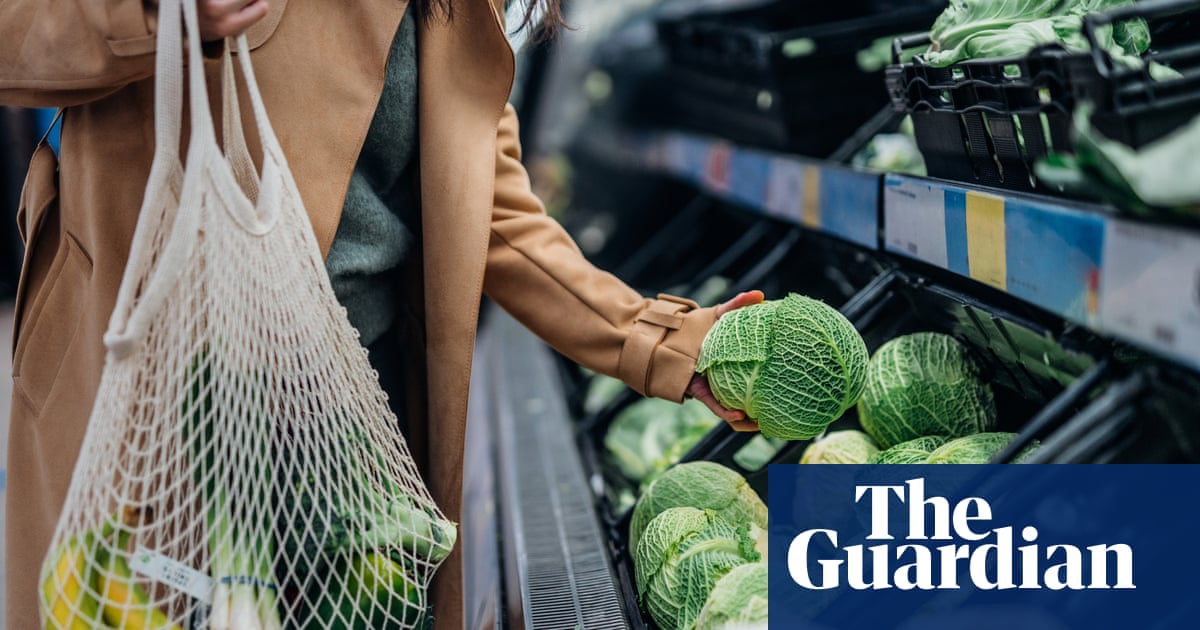In 2004, Donald Davis and fellow scientists at the University of Texas made an alarming discovery: 43 foods, mostly vegetables, showed a marked decrease in nutrients between the mid and late 20th century.
According to that research, the calcium in green beans dropped from 65 to 37mg. Vitamin A levels plummeted by almost half in asparagus. Broccoli stalks had less iron.
Nutrient loss has continued since that study. More recent research has documented the declining nutrient value in some staple crops due to rising atmospheric carbon dioxide (CO2) levels; a 2018 study that tested rice found that higher CO2 levels reduced its protein, iron and zinc content.
While the climate crisis has only accelerated concerns about crops’ nutritional value, prompting the emergence of a process called biofortification as a strategy to replenish lost nutrients or those that foods never had in the first place.



First the taste got lost, now they turn into the nutritious equivalent of card board. The nutrition supplements industry: “Hell, yeah!” But you have to give it to them, every vegetable and every fruit looks perfect now and keeps that look for a long time. What can be better than that?
My neighbor has a balcony and has tomato plants on it every year, and they are the ugliest tomatoes I have ever seen and have the best taste of any I have ever eaten. I want a balcony or a garden so badly.